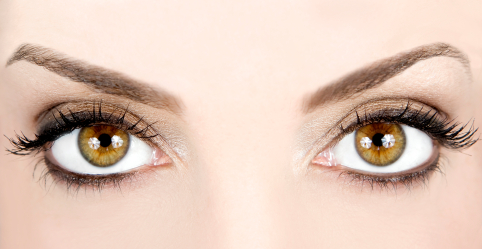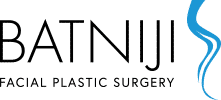Candidates for a Browlift Surgery

The forehead is often one of the first areas of the face to show signs of aging.
This may be due to the natural tendency to raise and lower the eyebrows with facial expressions to convey an emotion.
In addition to muscular contractions and movements within the brow, this area of the face sits at a higher plane than other facial features, making it especially vulnerable to damage caused by the sun’s UV rays.
Some patients, on the other hand, have a genetic predisposition to a certain look that includes a lower brow or less space between the eyebrows and eyes. Often times, patients may say they grow tired of hearing that they look “angry”, “tired,” or “sad” due to the position of the brow.
When gravity contributes to the aged, drooping look of the upper portion of the face, a relaxed look can be misinterpreted as an intentional conveyance of feeling. The browlift can alter many areas of the forehead, which includes the eyebrows, the area between the eyebrows, horizontal forehead creases, the position of the hairline and even the appearance of the upper eyelids.
Ideal candidates for this facial plastic surgery will be determined by Dr. Batniji, but some of the criteria he may take into consideration are as follows:
1. The patient’s overall health.
It is unsafe to operate on someone in a fragile state of health, physical or mentally. Though this facial procedure is often performed to treat aesthetic concerns, it is a surgery nonetheless. A patient will be under anesthesia, incisions will be created in the skin, and there will be a recovery period following the browlift. The patient must be physically and mentally fit to handle the surgery and the recovery.
2. An understanding of the limitations of the surgery.
Facial plastic surgery is, by its very nature, a transformative experience that will produce results to make a patient appear different than before. There are, however, limits to the amount of change that is possible. A patient’s anatomy, previous surgical work, a patient’s budget, and how the patient heals may all play into the final result.
3. A desire to improve existing facial features in specific ways.
In order for Dr. Batniji to create the changes in the brow that a patient wishes to see, the patient must be able to articulate specific concerns and desires. Dr. Batniji may take measurements and utilize computer software that can assist a patient during his or her consultation.
4. Knowing there are risks involved in any surgical procedure.
Dr. Batniji takes precautions to ensure patient safety during both non-surgical and surgical cosmetic procedures. Through his equipment, skills, and staff, the doctor is prepared to deliver optimal patient care. Though thoroughly trained and equipped for his specialty services, there are potential complications associated with all types of surgery. Patients will be fully informed of any possible risks they may face while being operated on.
5. There are other procedures available that may produce similar or better results, or complement the browlift.
Dr. Batniji offers a wide array of facial cosmetic procedures in his office. It is only through a consultation that he can determine which procedure or combination of procedures may best correct a patient’s concerns. Though a patient may have researched a browlift and feels that this may be his or her best option, patients should try to remain open-minded to the doctor’s expertise and experience.
They may be pleasantly surprised that they may require less extensive measures to correct an issue, such as Botox or filler injections, or find that other procedures like eyelid surgery or a facelift are necessary to give them the look they wish to achieve. Contact the office of Rami K. Batniji, M.D., F.A.C.S at 949-650-8882 to set up a consultation at the doctor’s Newport Beach, California office, or view Dr. Batniji’s photo gallery of before and after browlift pictures.

